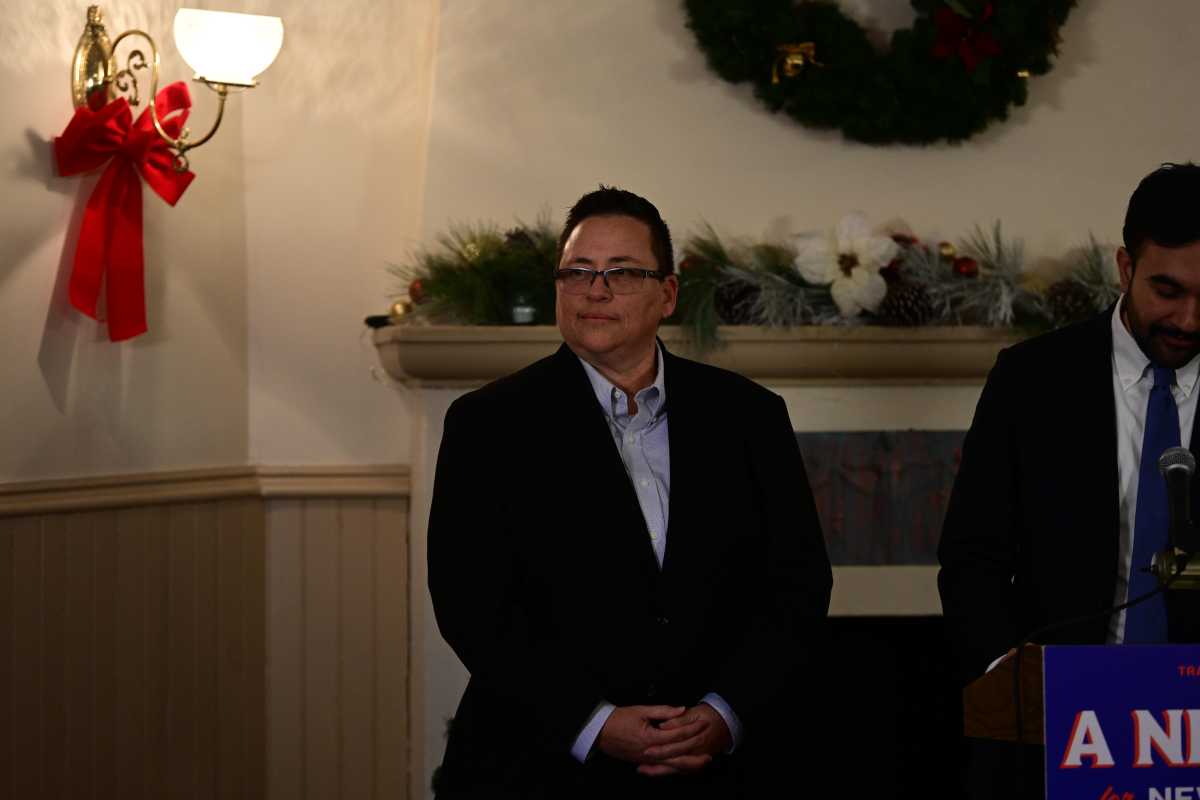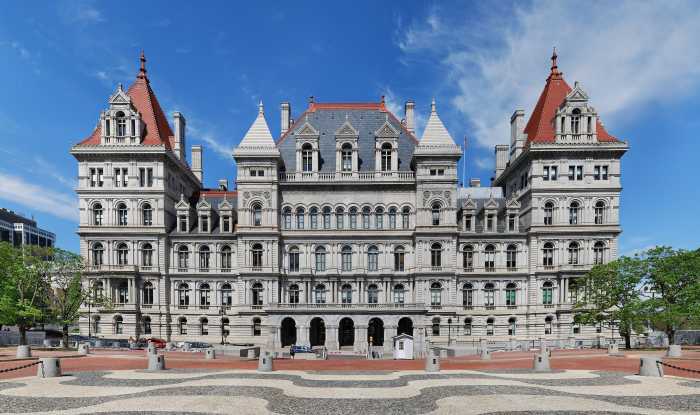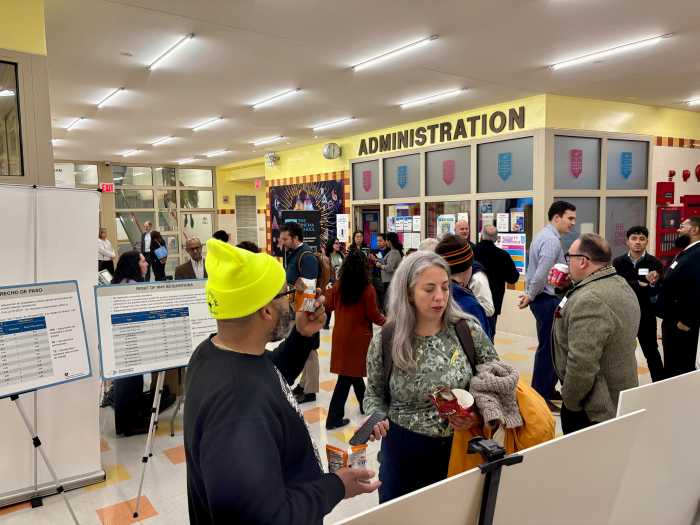A front page New York Times story and a holiday orange alert not-withstanding, 2003 is emerging as a year of real progress for the queer community in America.
The Times story, published last Sunday, which reports that slightly more than half of the nation supports a constitutional amendment to restrict marriage to one man-one woman couples, added fuel to the nagging worry many of us have had that the other shoe is about to drop, that Americans are in the midst of a backlash against the most spectacular of our recent advances.
Yet, in spite of a startling headline and a general lack of balance in the reporting, the findings were neither altogether new, nor particularly definitive, nor necessarily alarming.
By a big gap—more than 25 points nationally, and by at least double digits in every region—the public is not yet signed onto gay marriage rights. By a narrower margin—15 percent nationally and narrower still in some regions—they support a constitutional amendment.
But, there is also good news—people under 30, those who know a gay person, and respondents who (appropriately) view marriage as a civil rather than a religious institution all favor same-sex marriage rights. Despite talk of a backlash in the face of our progress, those Americans living closest to the frontiers of change seem least perturbed by it. Both of Boston’s daily newspapers, in the wake of the marriage victory in Massachusetts, report a majority of state residents in support of gay marriage. Civil unions in Vermont have experienced a similar soft landing during the past three years.
And of course there is only talk of a backlash because of all the gains we’ve won this year. Probably no advance was more profound than the changed tone the U.S. Supreme Court displayed in discussing gay and lesbian rights when it explicitly rejected its 1986 ruling that upheld the Georgia sodomy statute and that termed the claims of a gay right to privacy “facetious.”
“Freedom extends beyond spatial bounds,” Justice Anthony Kennedy wrote in this year’s majority opinion striking down the nation’s remaining sodomy laws. “Liberty presumes an autonomy of self that includes freedom of thought, belief, expression, and certain intimate conduct. The instant case involves liberty of the person both in its spatial and more transcendent dimensions…When sexuality finds overt expression in intimate conduct with another person, the conduct can be but one element in a personal bond that is more enduring. The liberty protected by the Constitution allows homosexual persons the right to make this choice.”
Language of this type reflects a fundamental shift in the paradigm for understanding the relationship between the gay community and the broader society. To be sure, the Court was in many ways merely following the lead of changes in social attitudes underway for more than a quarter century, but in its bold articulation of principles of privacy and liberty, the Kennedy majority also laid the groundwork for untold progress to come. In tandem with the sodomy ruling, the pro-gay marriage decisions in Massachusetts and in Canada point to an emerging logic that political resistance will increasingly find difficult to contain.
I’ve seen a lot of e-mail chatter this week warning that our community is overreaching itself, that we are bringing on the backlash which The Times claimed to have identified. One message I read likened the current situation to Pres. Bill Clinton’s effort to end the ban on gay servicemembers serving openly––a poorly planned political move that spawned the Don’t Ask, Don’t Tell compromise that has proved worse than what went before.
But that perspective ignores the real momentum our cause has built organically in the years since and the reality that retreat is not an option. Matt Foreman, the new head of the National Gay and Lesbian Task Force, is right when he argues that both an opportunity and an emergency are upon us. Our community has many re-sources, key victories, and important allies from which to draw strength. The key ingredient in determining whether we turn the advances of this year into permanent victory will be our ability to fashion a unified and coherent strategy. Those who would be our leaders best pay heed.



































